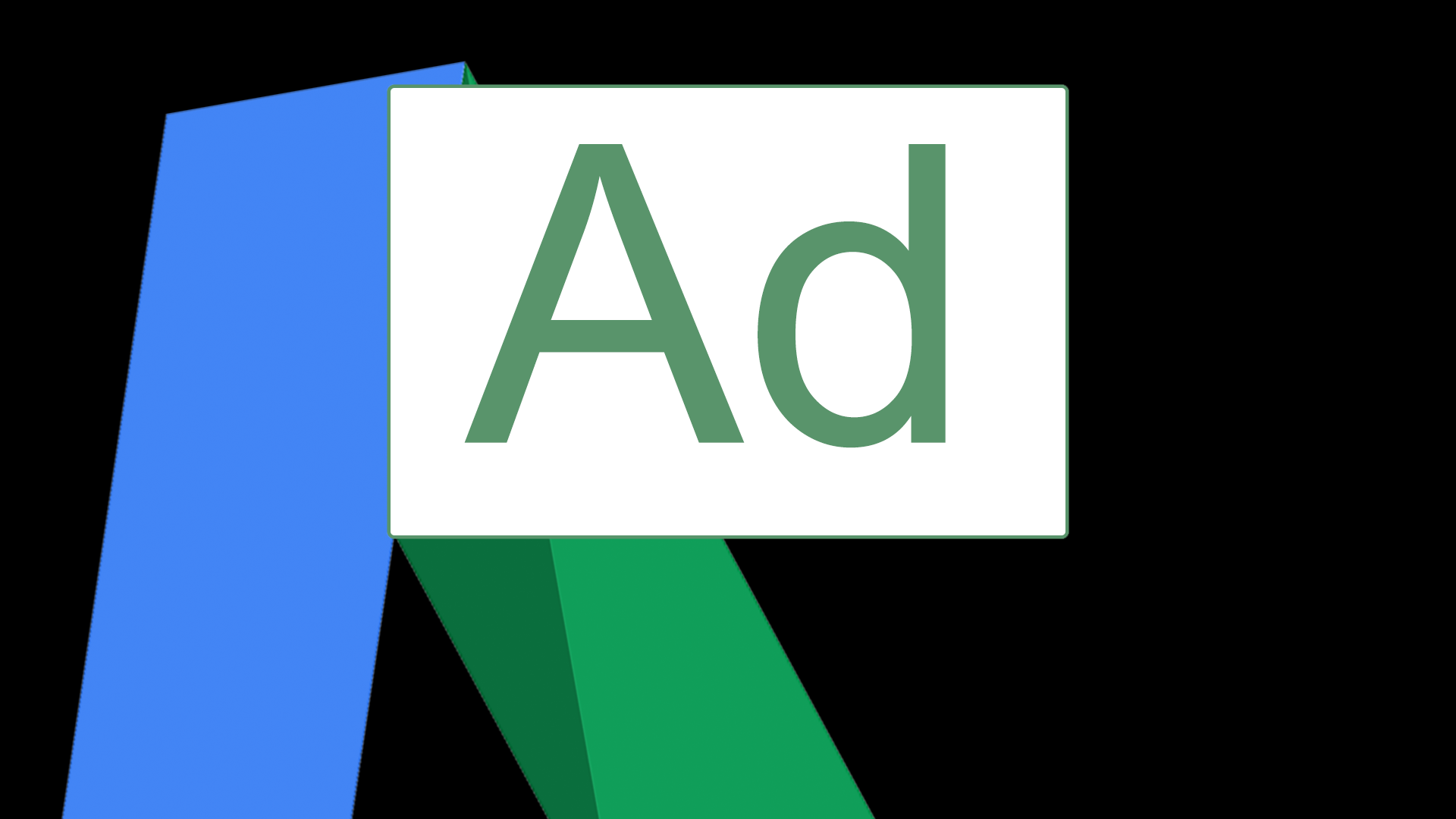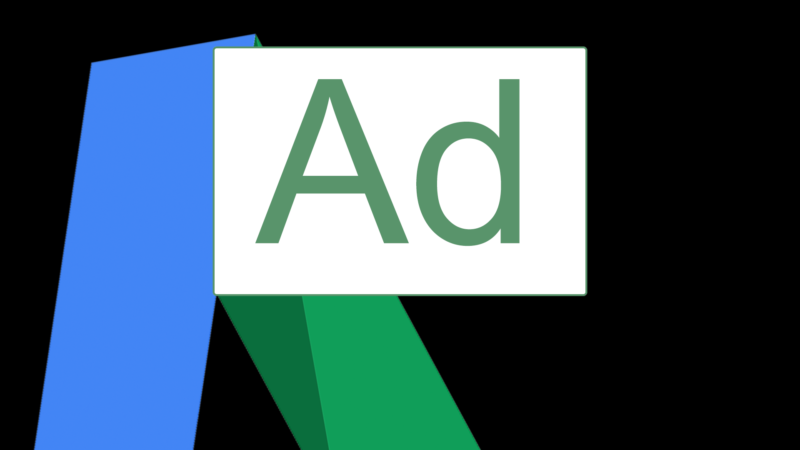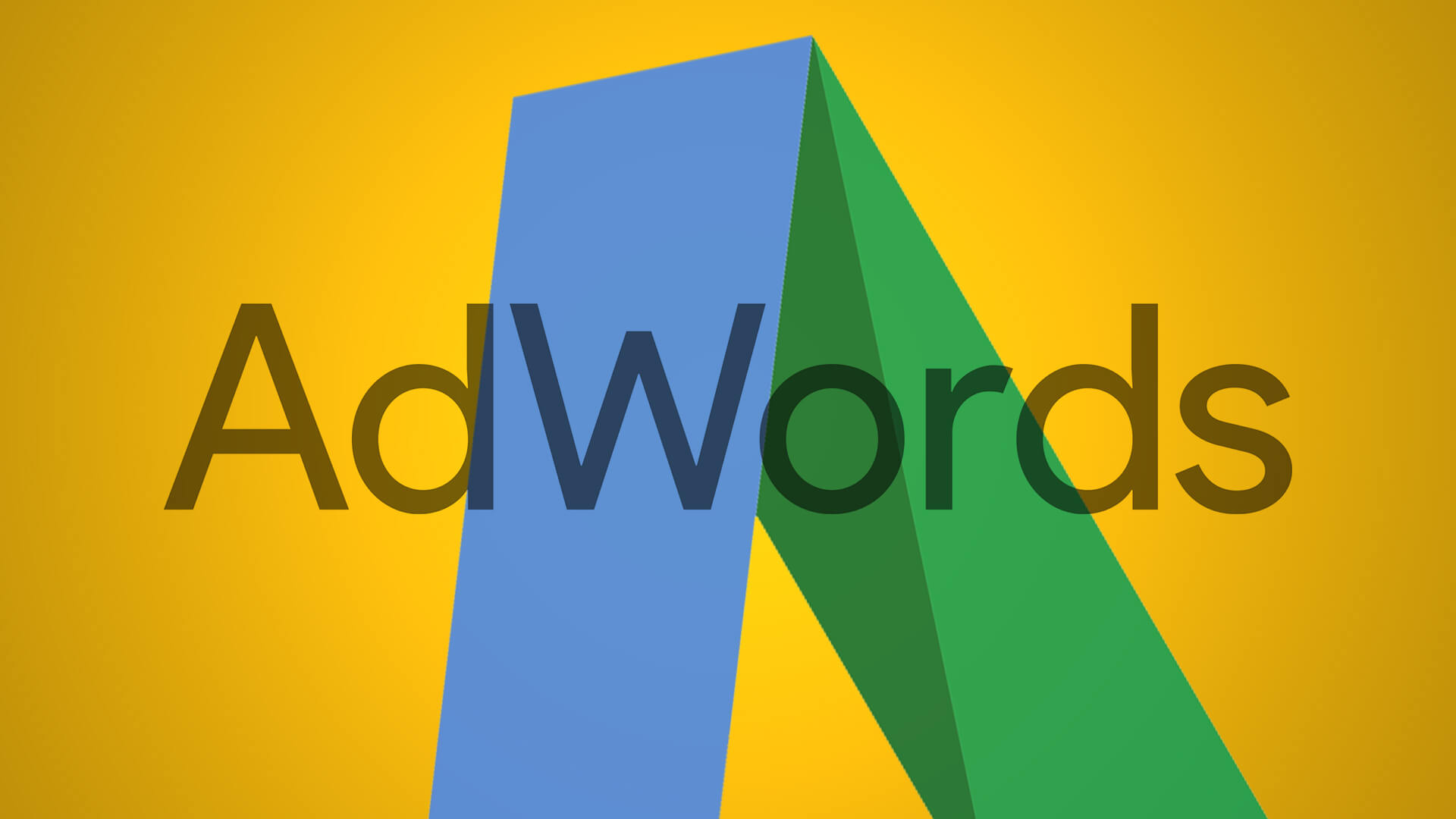Earlier this year, Google launched a beta test that automatically launched machine-generated ads in a small set of AdWords accounts. The lack of control in that test wasn’t particularly well-received. Now, Google is giving it another shot, with some adjustments aimed at addressing advertiser concerns.
A limited number of advertisers in the US and the UK began receiving emails about the ad suggestions beta last week. Like the earlier test, the system takes into account several factors when generating new ad variations, including content in existing ads and ad extensions and landing pages to identify ad content that could drive the best ROI.
What’s changed this time?
A couple of things are different this time around:
- More notification: Participating advertisers will receive notifications in the interface and via email whenever an ad variation is created in an account.
- Review period: There will be a 14-day period in which advertisers can review ad suggestions before they go live. During that review period, the advertiser can choose to edit, pause, dismiss or approve it. It’s also possible to opt out of the test altogether at any time.
“We always listen to our customers. We heard their concerns around the initial experiment and so we have developed this updated program to reflect those concerns,” a Google spokesperson told Search Engine Land.
The test will typically affect a handful of ad groups with a small number of ad suggestions per account. Google does recommend that participants let the ad suggestions accrue enough impressions before making any changes.
What’s the point of the test?
There are a couple of things going on here.
Google has consistently been stating over the past several months that ad groups typically garner more impressions and clicks when they have three to five ads, rather than just one or two. This automates the buildup of ad variations in an ad group.
But the aim is also to get a better understanding about what makes users click. No surprise, as machine learning now underpins all new development in AdWords, it is at the core of this test. As the models gain more feedback about the kind of ad content that drives more clicks, they can adjust and improve the suggestions.
This isn’t specifically tied to the change to ad rotation settings announced last week in which the options will be limited to be limited to “Optimize” (driven by machine learning) or “Don’t optimize” (ads rotate evenly), but they’re cut from the same cloth. Only ad groups set to optimize will be eligible for this test. Advertisers will need to monitor conversion performance, but the test aims to identify ad groups where there is the greatest opportunity for improving ROI and use machine learning to automate the ad creative development and testing processes.
The new beta is set to start on September 30. If you’re interested and are in the US or UK but haven’t been notified, reach out to your Google rep about it.
Contributing authors are invited to create content for Search Engine Land and are chosen for their expertise and contribution to the search community. Our contributors work under the oversight of the editorial staff and contributions are checked for quality and relevance to our readers. The opinions they express are their own.




